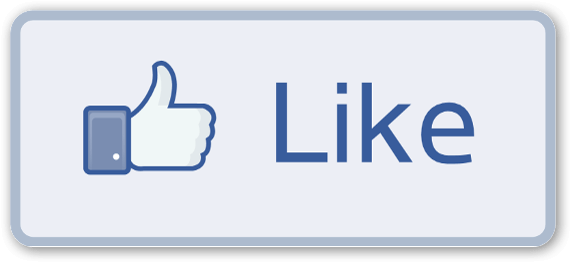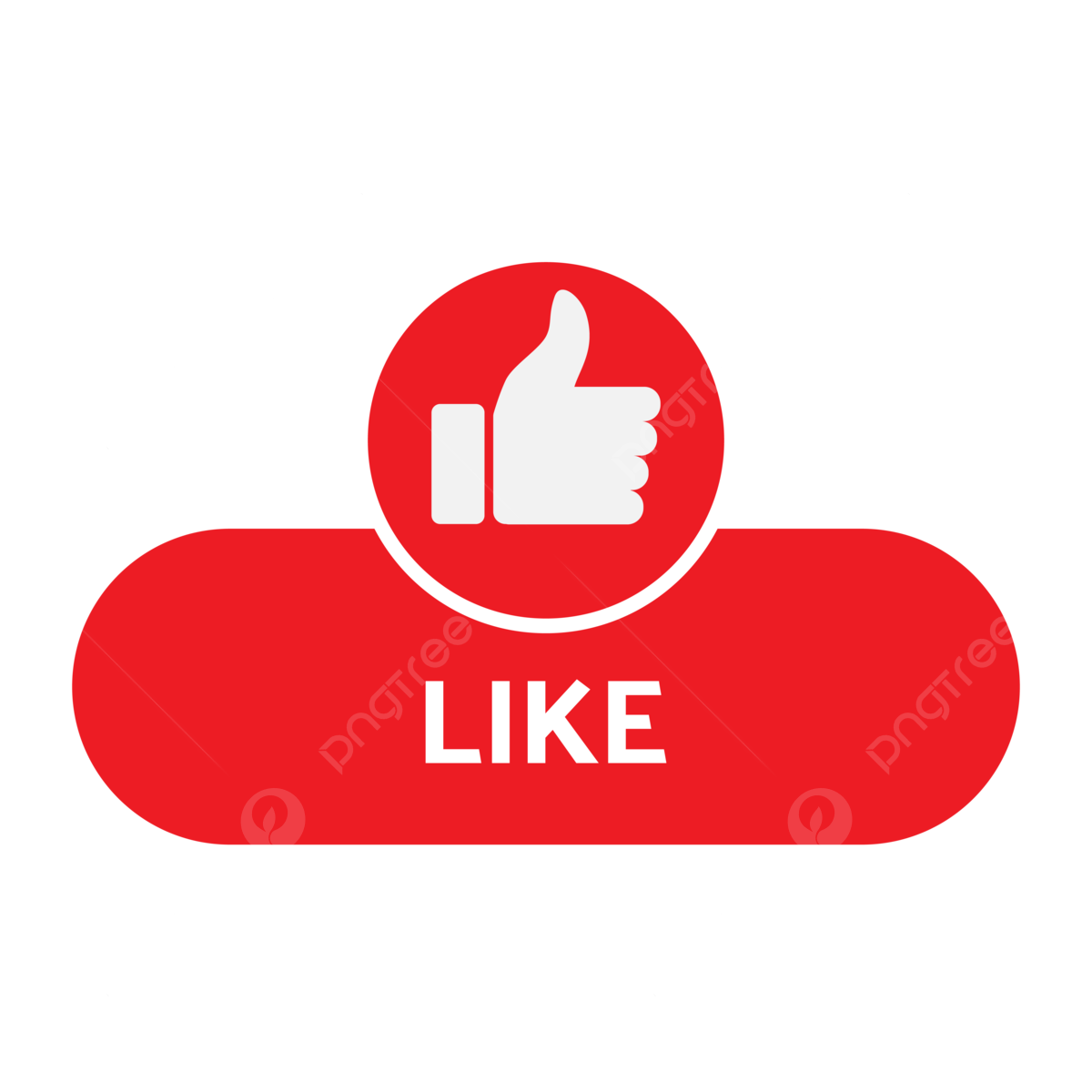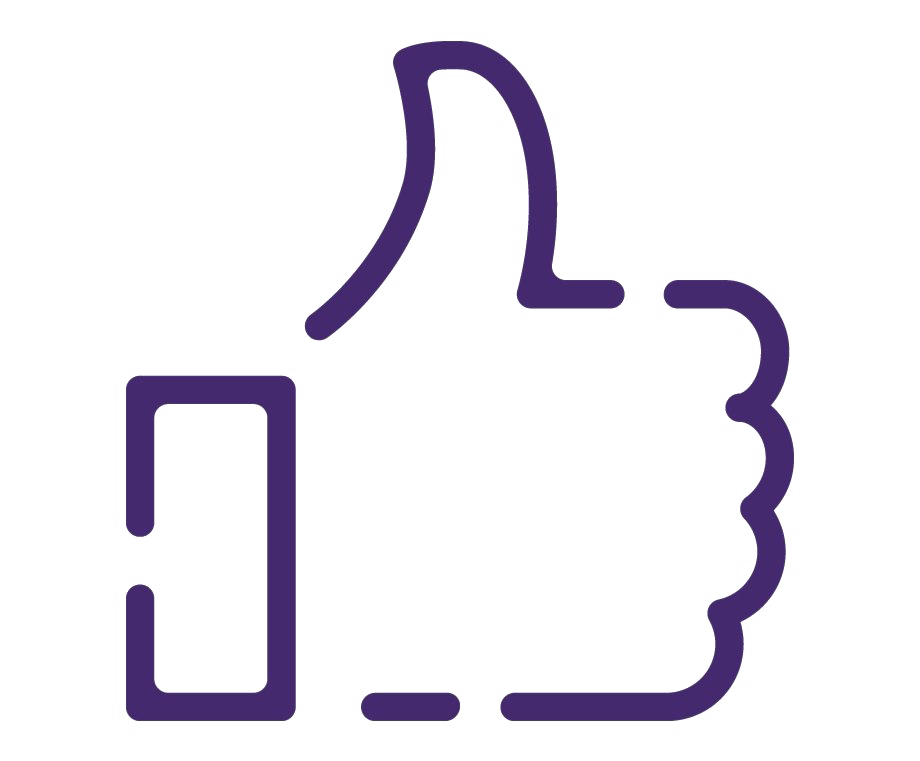Download top and best high-quality free Like Button PNG Transparent Images backgrounds available in various sizes. To view the full PNG size resolution click on any of the below image thumbnail.
License Info: Creative Commons 4.0 BY-NC
Chances are, you’ve encountered the Like button on at least one social media platform, if not several. This simple feature has become a staple in modern digital communication and has revolutionized the way we engage with content online. But what exactly is the Like button, and why has it become so popular? In this comprehensive guide, we’ll explore the ins and outs of the Like button and its impact on social media and digital communication as a whole.
What is the Like Button?
The Like button is a feature found on social media platforms that allows users to express their approval or appreciation for a specific piece of content. This can include posts, photos, videos, and comments. Typically represented by a thumbs-up icon, the Like button has become a ubiquitous part of social media culture and is used by millions of people around the world every day.
History of the Like Button
The Like button was first introduced by Facebook in 2007 as a way for users to engage with posts without having to leave a comment. According to Facebook, the Like button was created “to give people a quick way to show their appreciation for a post or to connect with things they find interesting or entertaining.”
Since then, the Like button has been adopted by virtually every major social media platform, including Twitter, Instagram, and LinkedIn. While the specific design and functionality of the button may differ from platform to platform, the basic concept remains the same: a one-click way to show your approval or appreciation for a piece of content.
How the Like Button Works
The Like button is a simple but powerful tool for engaging with content on social media. Typically displayed as a small icon next to a piece of content, the button allows users to express their approval or appreciation with a single click or tap.
On most platforms, when a user clicks the Like button, the icon changes to indicate that the content has been liked. Depending on the platform, the user’s name and profile picture may be displayed alongside the Like icon, indicating to other users that they have shown their approval for the content in question.
The Like button also serves as a metric for measuring the popularity and engagement of a particular piece of content. For example, on Facebook, the number of Likes a post receives is often used as a measure of its overall popularity and influence.
The Impact of the Like Button
The Like button has had a profound impact on social media and digital communication as a whole. Here are just a few of the ways that this simple feature has changed the way we interact with each other online:
Increased Engagement
One of the primary benefits of the Like button is that it makes it easier for users to engage with content. Rather than having to leave a comment or share a post, users can simply click the Like button to show their approval or appreciation for a piece of content. This has led to an increase in overall engagement on social media platforms, as users are more likely to interact with content when it’s easy and convenient to do so.
Social Proof
The Like button also serves as a form of social proof, indicating to other users that a particular piece of content is popular or influential. When we see that a post has a high number of Likes, we are more likely to view it as valuable or worth our attention. This can be a powerful tool for marketers and businesses looking to build their brand online.
Validation and Feedback
For individual users, the Like button can provide a sense of validation and feedback. When we receive lots of Likes on our posts, we feel a sense of satisfaction and accomplishment, knowing that our content has resonated with our audience. Conversely, a lack of Likes can be discouraging, leading some users to abandon social media altogether.
Culture of Performativity
However, the Like button has also been criticized for encouraging a culture of performativity. Some users have become obsessed with getting as many Likes as possible, leading them to create sensational or clickbait content purely for the sake of getting engagement. This can create a negative feedback loop, as users are rewarded for producing the most shocking or polarizing content, rather than thoughtful or insightful posts.
The Like button is a simple but powerful tool for engaging with content on social media. While it has had a profound impact on digital communication, it’s important to recognize both the benefits and drawbacks of this ubiquitous feature. By understanding how the Like button works and its impact on social media culture, we can use this tool more effectively and responsibly to engage with each other online.
Download Like Button PNG images transparent gallery
- Like Button PNG Images HD
Resolution: 320 × 335
Size: 5 KB
Image Format: .png
Download
- Like Button PNG Images
Resolution: 512 × 512
Size: 15 KB
Image Format: .png
Download
- Like Button PNG Photo
Resolution: 512 × 512
Size: 9 KB
Image Format: .png
Download
- Like Button PNG Photos
Resolution: 512 × 512
Size: 6 KB
Image Format: .png
Download
- Like Button PNG Pic
Resolution: 430 × 360
Size: 13 KB
Image Format: .png
Download
- Like Button PNG Picture
Resolution: 320 × 320
Size: 4 KB
Image Format: .png
Download
- Like Button PNG
Resolution: 200 × 200
Size: 2 KB
Image Format: .png
Download
- Like Button Transparent
Resolution: 1920 × 1920
Size: 452 KB
Image Format: .png
Download
- Like Button
Resolution: 420 × 420
Size: 9 KB
Image Format: .png
Download
- Like Button Background PNG
Resolution: 570 × 262
Size: 14 KB
Image Format: .png
Download
- Like Button No Background
Resolution: 320 × 307
Size: 45 KB
Image Format: .png
Download
- Like Button PNG Clipart
Resolution: 512 × 512
Size: 5 KB
Image Format: .png
Download
- Like Button PNG Cutout
Resolution: 1200 × 1200
Size: 71 KB
Image Format: .png
Download
- Like Button PNG File
Resolution: 512 × 512
Size: 8 KB
Image Format: .png
Download
- Like Button PNG Free Image
Resolution: 360 × 360
Size: 45 KB
Image Format: .png
Download
- Like Button PNG HD Image
Resolution: 256 × 256
Size: 8 KB
Image Format: .png
Download
- Like Button PNG Image File
Resolution: 1528 × 1429
Size: 36 KB
Image Format: .png
Download
- Like Button PNG Image HD
Resolution: 920 × 761
Size: 99 KB
Image Format: .png
Download
- Like Button PNG Image
Resolution: 512 × 512
Size: 9 KB
Image Format: .png
Download


















